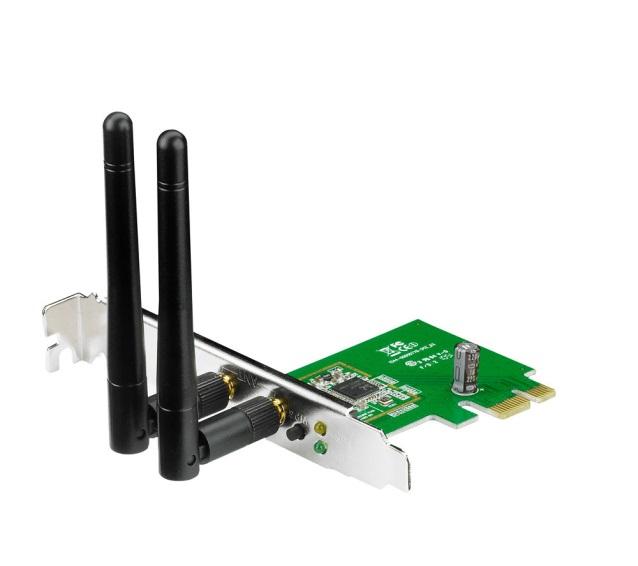- Related articles
- All Cisco GLC-FE-100EX's information (List price, Specs, Datasheet PDF, Compatibility matr
- What Is Multiport Network Card
- All Cisco SFP-10G-SR’s information (Overview, List price, Specs, Datasheet PDF, Compatibil
- How to Configure Settings for Dual NIC Deployments?
- Optical Transceivers for Cisco IE-3000-4TC Switch
- 100 Gigabit Ethernet Optical Transceiver Solution
- What is PAM?
- Optical Transceivers for Cisco SRW248G4-K9-UK Switch
- Applicable to 100BASE-F Standard Optical Transceiver Models
- What Is Network Card PCI Express x1?

A network interface card (NIC) is a circuit board or card that is installed in a computer so that it can be connected to a network.
A network interface card provides the computer with a dedicated, full-time connection to a network. Personal computers and workstations on a local area network (LAN) typically contain a network interface card specifically designed for the LAN transmission technology.

Wireless Network Interface Card
A wireless network interface controller (WNIC) is a network interface controller which connects to a wireless radio-based computer network, rather than a wired network, such as Token Ring or Ethernet. A WNIC, just like other NICs, works on the Layer 1 and Layer 2 of the OSI Model. This card uses an antenna to communicate via microwave radiation. A WNIC in a desktop computer is traditionally connected using the PCI bus. Other connectivity options are USB and PC card. Integrated WNICs are also available, (typically in Mini PCI/PCI Express Mini Card form).
Early wireless network interface controllers were commonly implemented on expansion cards that plugged into a computer bus. The low cost and ubiquity of the Wi-Fi standard means that many newer mobile computers have a wireless network interface built into the motherboard.
The term is usually applied to IEEE 802.11 adapters; it may also apply to a NIC using protocols other than 802.11, such as one implementing Bluetooth connections.
Types of Network Interface Card
Classified by bus interface
- ISA bus network card
- PCI bus network card
- PCI-X bus network card
- PCMCIA bus network card
- USB bus network interface card
ISA card and PCI card is the most common, but the PCI card tends to mainstream status. ISA network card bandwidth is generally 10Mbps, PCI bus network card bandwidth from 10Mbps to 1000Mbps.
Classified by network interface
- RJ-45 interface network card
- BNC interface network card
- AUI interface network card
- FDDI interface network card
- ATM interface network card
The common interfaces are Ethernet RJ-45 interface, thin coaxial cable BNC interface and thick coaxial AUI interface, FDDI interface, ATM interface and so on. And in order to apply to a wider range of applications, some cards providing two or more types of interface, some of them will also provide RJ-45, BNC interface or AUI interface simultaneously.
Classified by bandwidth
- 10Mbps network interface card
- 100Mbps network interface card
- 10Mbps/100Mbps network interface card
- 1000Mbps network interface card
With the development of network technology, network bandwidth is also increasing, but different bandwidth applied to different application, currently the main network card is 10Mbps network card, 100Mbps Ethernet card 10Mbps / 100Mbps adaptive network card, 1000Mbps Gigabit Ethernet card.
Classified by application fields
- Workstation's network interface card
- Server's network interface card
The network interface cards we mentioned above are basically workstation cards, in fact, usually they used in the general server. However, in large networks, the server usually uses a specialized network card. Relative to the workstation used by ordinary card, it has a better performance in bandwidth (usually 100Mbps, the mainstream server network card for the 64-bit Gigabit Ethernet), the number of interfaces, stability, error correction, etc. Some server NIC supports redundant backup, hot-plug and other server-specific functions.
Summary
Abbreviated as WNIC, a wireless network interface card is a network card which is used to connect radio-based computer networks. WNICs uses an antenna to communicate through microwaves and is typically connected using the computer's PCI bus or USB port. Similar to a Network Interface Card (NIC), the WNIC also works on Layer 1 and Layer 2 of the OSI Model.





































































